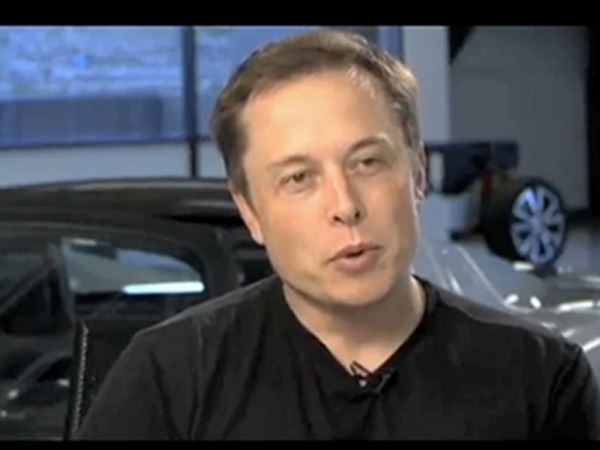

Elon Musk finally lifted the curtain on Hyperloop Monday evening, and after reading Musk’s own 57-page alpha design explaining the physics behind Hyperloop, you’re likely to walk away with three things: 1) Science! 2) Elon Musk is smart-smart. Not just business-man, gut-intuition smart. Like, he knows shit. And 3) Hyperloop will probably never get built.
That last part isn’t just me being a downer. Musk himself said in an interview that he wishes he had never mentioned Hyperloop because he simply doesn’t have time to build it.
But it’s still a cool idea that’s nice to think about.
So what is Hyperloop? Calling Hyperloop the “fifth mode of transportation,” Musk has previously described it as a “cross between a Concorde, a railgun, and an air hockey table.” Now, Musk’s published plans for Hyperloop reveal that were it ever to materialize, it would be a system of inter-city transportation consisting of aluminum pods traveling at 800 miles per hour in enclosed steel tubes. Because future!
Musk actually breaks everything down in surprisingly straightforward, non-jargony language in his plan. The pods or capsules will produce air that will create a cushion to reduce friction. The air cushions won’t actually move the pods. Instead, the pods will be accelerated by what basically amounts to a rolled-out electric motor. The whole system would be solar-powered using solar panels installed on the tubes, which would generate excess energy that could be stored so that the whole thing could run 24 hours a day.


“For travel at high speeds, the greatest power requirement is normally to overcome air resistance,” Musk writes. “Aerodynamic drag increases with the square of speed, and thus the power requirement increases with the cube of speed. For example, to travel twice as fast a vehicle must overcome four times the aerodynamic resistance, and input eight times the power.”
Musk explains that just as aircraft climb to high altitudes to travel through less dense air, Hyperloop encloses the capsules in a low-pressure tube. The pressure of air in the tube would be 1/6th the pressure of the atmosphere on Mars. This would reduce drag by 1,000 times and would be the equivalent of flying at an altitude of 150,000 feet.
Each pod would hold 28 people (but it looks like you better go to the bathroom before you board) and would depart every two minutes—or every 30 seconds during peak hours. That translates to 840 passengers per hour. Hyperloop could also include a passenger-plus-vehicle version, which would depart as often as the passenger-only version, but would be large enough to hold three vehicles.


Musk isn’t the first one to come up with something like this. In 1972, physicist R.M. Salter published a design for the Rand Corporation that consisted of a network of underground tubes that use vacuum power to transport capsules from Point A to Point B. But there are a number of things wrong with this idea. For one thing, Musk notes, if there’s the smallest crack or leak in one tube, the whole system loses the vacuum and shuts down.
There’s also the issue with digging underground tunnels. That requires a whole lotta money and resources, when you could just build the system above-ground on pylons. This would also solve the problem of the land rights issues that are bound to come up when California starts work on its $68 billion high-speed rail project. If you support the tubes on pylons, you don’t have train tracks cutting through hundreds of miles of farmland. (Now you just have giant pylons disrupting farmland.)
It all sounds delightful, but Elon Musk has enough on his plate already and doesn’t have time to build Hyperloop himself. Said Musk to Bloomberg: “I still have to run SpaceX and Tesla, and it’s fucking hard.”
Image source: teslamotors.com



















